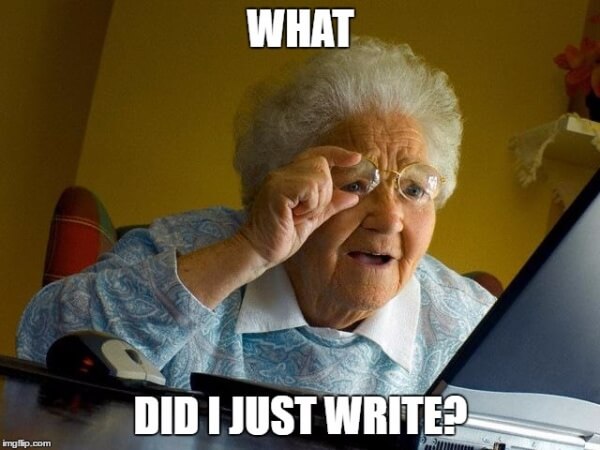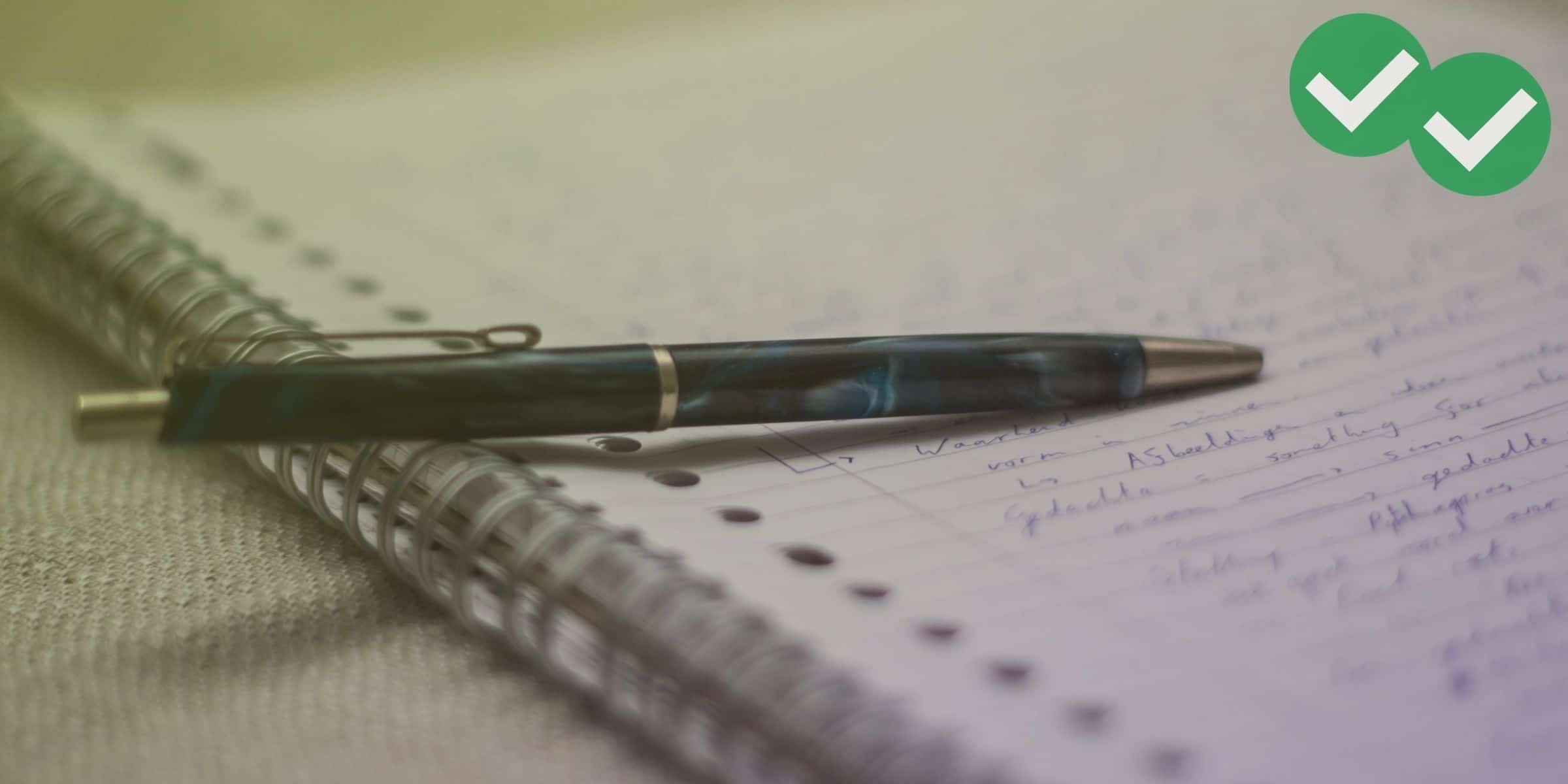
In my last three posts on this subject, we looked at the hardest parts of the TOEFL Reading, Listening, and Speaking sections. Today: TOEFL Writing.
Prewriting in TOEFL Writing
It can be tempting to jump right in to a TOEFL Writing task and start the essay immediately, without organizing your ideas first. Some truly amazing, almost superhuman writers can do great academic writing this way, without any pre-writing activities. But for the rest of us ordinary mortals, some prewriting is needed to create a top-scoring TOEFL essay.
As you practice for TOEFL Writing, build your prewriting skills. Learn the art of writing down your key ideas, then putting them into an outline. And make sure your outline lists your ideas in the order you’ll actually write them– one of the hardest things in TOEFL writing is organizing ideas in well-connected, logical order.
Coming up with a well-developed opinion in TOEFL Independent Writing
In TOEFL Writing, this seemingly simple pair of tasks causes trouble for so many students! As with Independent Speaking, it’s easy to “freeze up” and not know what to say. But freezing up can actually be worse in Independent Writing. Because you’re not talking as you give your Independent Writing response, it’s much easier to truly get lost in thought as you pause to come up with ideas.
You can really lose track of precious time if you aren’t able to think quickly in Independent Writing. So practice these question types a lot, and get good at thinking up your answers in a timely fashion. Seek out sample TOEFL Writing topics on the web. And consult some of Magoosh’s TOEFL Writing templates— memorizing useful transitions and other structure wording saves a lot of thinking time on test day.
Multitasking in the Integrated Writing Task
TOEFL Integrated Writing really does involve some complex multitasking– doing a few different things at once. You’ll need to use your English reading, listening and writing skills together, all in one task. And unlike the readings in Independent Speaking, the TOEFL Independent Writing passage is not just supporting information for the audio.
Instead, the ideas in the reading passage actually contradict what the professor is saying. You’ll need to think very carefully about both the reading and the lecture, contrasting them accurately in your essay. Because this is so complex and challenging, be sure to seek out as many practice TOEFL Integrated Writing tasks as possible– ETS has a lot of these tasks in their official practice resources, and Magoosh offers many Integrated Writing tasks to our TOEFL subscribers. We have one free Integrated Writing Task on the blog right now too– with more to come!






Leave a Reply